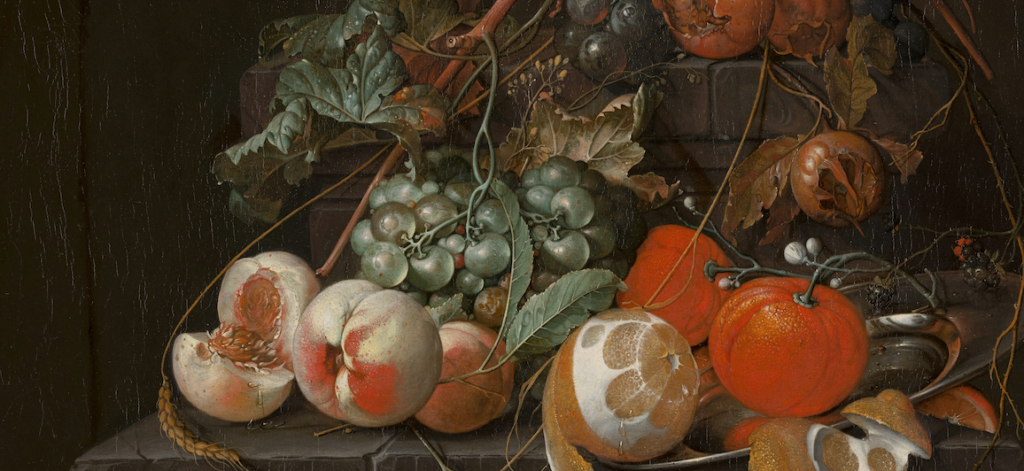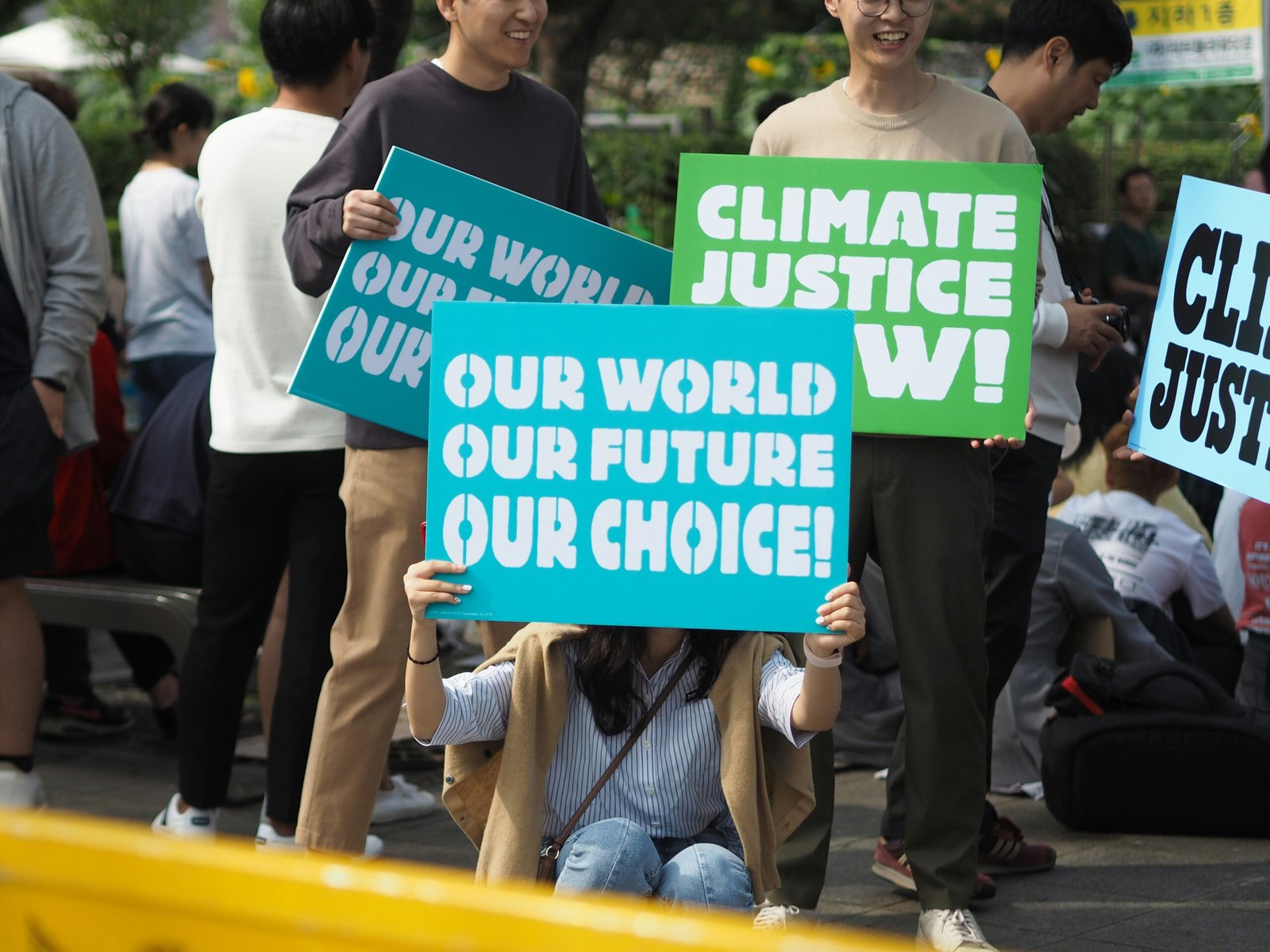The windows are shut tight, the blinds drawn. Sounds from outside come in muffled, the cicadas a subdued murmur among the plane trees. It’s thirty-seven degrees celsius. At two in the afternoon, I still don’t know what to eat. I push the gas knob and turn it, the dry, staccato sound of ignition accompanies the flame fanning blue around its ring. I turn it off immediately. Inside the small kitchen, that blue heat stabs instantly into my skin. I wouldn’t even know what to cook. I should make something fresh, something quick, something that could give a little strength to this body, exhausted by the heat.
It’s another of those “hottest summer on record”. Analysing how we eat in times of environmental crisis can offer a fascinating perspective on how we react to ecological collapse, and also on how our worries take form, on the way our relationship with the environment has changed (even quite recently), and how we might imagine ourselves in relation to the ecologies around and within us.
On one hand, there’s agribusiness, monocultures, and all the industrial practices that massively contribute to greenhouse gas emissions. On the other, food security is immediately jeopardised by ocean acidification, desertification, floods, rising temperatures, and the many forms of socio-ecological change. Nutrition is a delicate matter, vulnerable to environmental damage—and therefore, so are we. Eating links the body to the environment both materially and symbolically. What happens to the earth happens to our food, and the fears this provokes give rise to new appetites.
The use of pesticides, chemical contamination, labor conditions, the presence of endocrine disruptors and potentially carcinogenic substances in supermarket food—not to mention the intrinsic properties of certain foods—all deeply influence our dietary choices. Even in Italy, we’ve seen a boom in the popularity of organic labels, zero-mile fruit and vegetable markets, and health-conscious alternatives to ultra-processed foods. “Healthy” food, as we know, is not easily accessible economically—especially in urban centers—and criticisms of the elitism and underlying neoliberal ideology are many and well-founded. Still, this way of relating to food is a fairly recent development.
Anthropologist and gastronome Piero Camporesi traces the history of food in Italy (with a particular focus on the Apennine region), identifying both continuities and breaks between historical phases. In The Earth and the Moon, Camporesi describes food in the pre-industrial era as a bridge between the individual body and the natural and social environment. Food was not just sustenance, but a way to internalize the environment, to mediate between the material and the symbolic, the cosmic and the earthly, the natural and the cultural. It was a cosmic act, referring to the cycle of life, death, and rebirth. People ate according to the lunar phases, the seasons, in a time marked by ritual: through food, the body nourished itself with the world and absorbed not only its matter, but also its strength, its soul, its risk. Nourishment was thus a tool for life—but also a possible vehicle of contamination. In the transition to a post-industrial, post-agrarian world, Camporesi identifies a growing fear of contamination. The body is threatened by the environment through food itself, which becomes sterilized, sealed, separated from human contact. We shift from an “organic” and shared environment to one that is aseptic and anxiety-inducing. Hygiene standards might be incredible, but the vegetables are flavorless.
I often wonder why. Why do supermarket vegetables taste like dirty water? And why are the vegetables from my grandmother’s garden among the most delicious I’ve ever eaten? Is it the farming techniques, the fertilizers, the quality of the soil—but could it also be that they’ve absorbed the flavor of wisteria, of geranium, of loquat, of the other plants growing nearby? Could it be that they taste so good because they were planted and watered by someone who raised and nourished me all my life?
You can see the mountains from my grandmother’s garden—I know their shape by heart. They overlap, interlock, massive lines, jagged, then rarefied, edges of peaks, of air, of millennia. The furrows of ancient glaciers carve into the bare face of rock. I wish I knew their taste, could lift their secrets with my tongue, nourish myself, too, with time, memory, ritual.
Maybe it’s the heat getting to my head. Or hunger without direction. Hunger without context. I don’t know what to eat, I don’t know what will give me strength, I don’t know what will allow me to feel connected to the outside—free from fears of contamination, moral anxiety, and climate concern.
The windows are still shut tight, the blinds drawn. The outside sounds come in muffled.
Evening falls, cool air just beyond the walls of the house. Opening the window is like turning up the volume. The cicadas screech in my ears. A few doors down, the neighbors are cooking. The scent of onion, garlic, oil reaches my nose. My stomach opens up, my hunger takes on form, weight, color. My mouth fills with saliva. Shut inside, my hunger was too isolated, too much mine. But it’s not only mine. It’s out there, waiting for me, waiting in the world.





